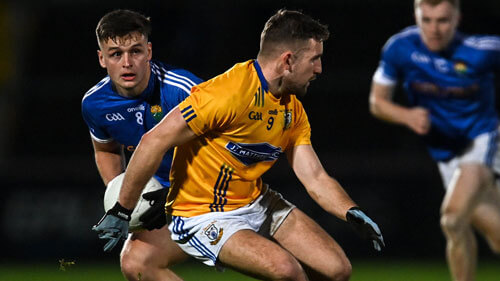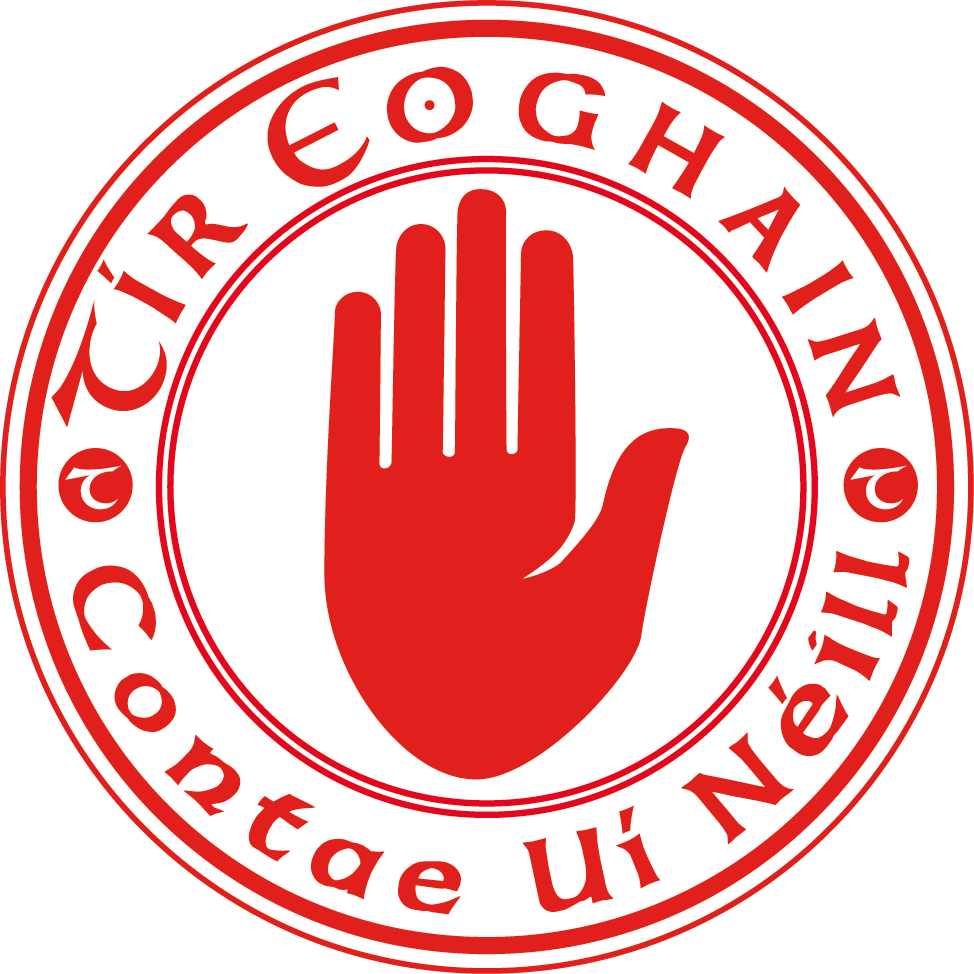First Win in Ulster Championship Game, 1924
The outlook at the beginning of the 1920s for the GAA in Tyrone was poor. Even though other Ulster counties had struggled for survival in the turbulent period that had just passed, the neglect of the GAA in Tyrone was particularly acute. When the Ulster Council reconvened at the end of 1921, it was reported that there were forty clubs in Derry, twelve in Cavan, fourteen in Donegal, eight in Armagh, twenty-two in Down, fourteen in Fermanagh, and twenty-four in Antrim but that there was “no GAA work in Tyrone”.
The fact that by the end of the 1920s Tyrone had a number of stable clubs, participated regularly – though with little success – at inter-county level and staged club football championships each year was a remarkable achievement. The beginning of this renaissance can be dated to Tyrone’s participation in the 1923 Ulster championship against Monaghan, though unsurprisingly, a group of players that had not had the opportunity for competitive club or county games for three years were soundly beaten on that occasion.
The following year, Tyrone’s first round victory over Donegal in Letterkenny saw a large contingent of Tyrone supporters travel to the match by a specially scheduled train – evidence of a new vitality in the Association in the county. This first victory in an Ulster senior football championship was followed by a narrow defeat in Belturbet, to Cavan, the dominant power in Ulster right up until the 1950s.
This time the centre of renewed GAA activity was in east Tyrone, with the west of the county remaining largely barren ground for Gaelic sports. Indeed, as late as 1929 there were no western clubs represented at the County Convention. The East Tyrone league, by way of contrast, was one of the most vibrant and keenly contested competitions in the county.
The Association also faced severe financial difficulties throughout this period of revival. One cause of this, though by no means the only one, was the removal of the exemption of match receipts from entertainment tax. That the Association survived these challenges was a tribute to the hard work of a few dedicated officials, who gave of their time, energy, enthusiasm and money to promote the GAA. In the context of little inter-county success, this must at times have appeared a hopeless task, but by their patience and perseverance, they kept the Association alive.
One notable figure in this effort was Michael Coney from Ardboe, who served as county secretary from 1923 to 1935. Much of the credit for keeping the GAA alive during this difficult period is attributable to his sterling work. This work received a tremendous boost in 1929 when Cardinal MacRory, a native of Ballygawley, lent his considerable weight to the Association in Tyrone by agreeing to become its patron.











